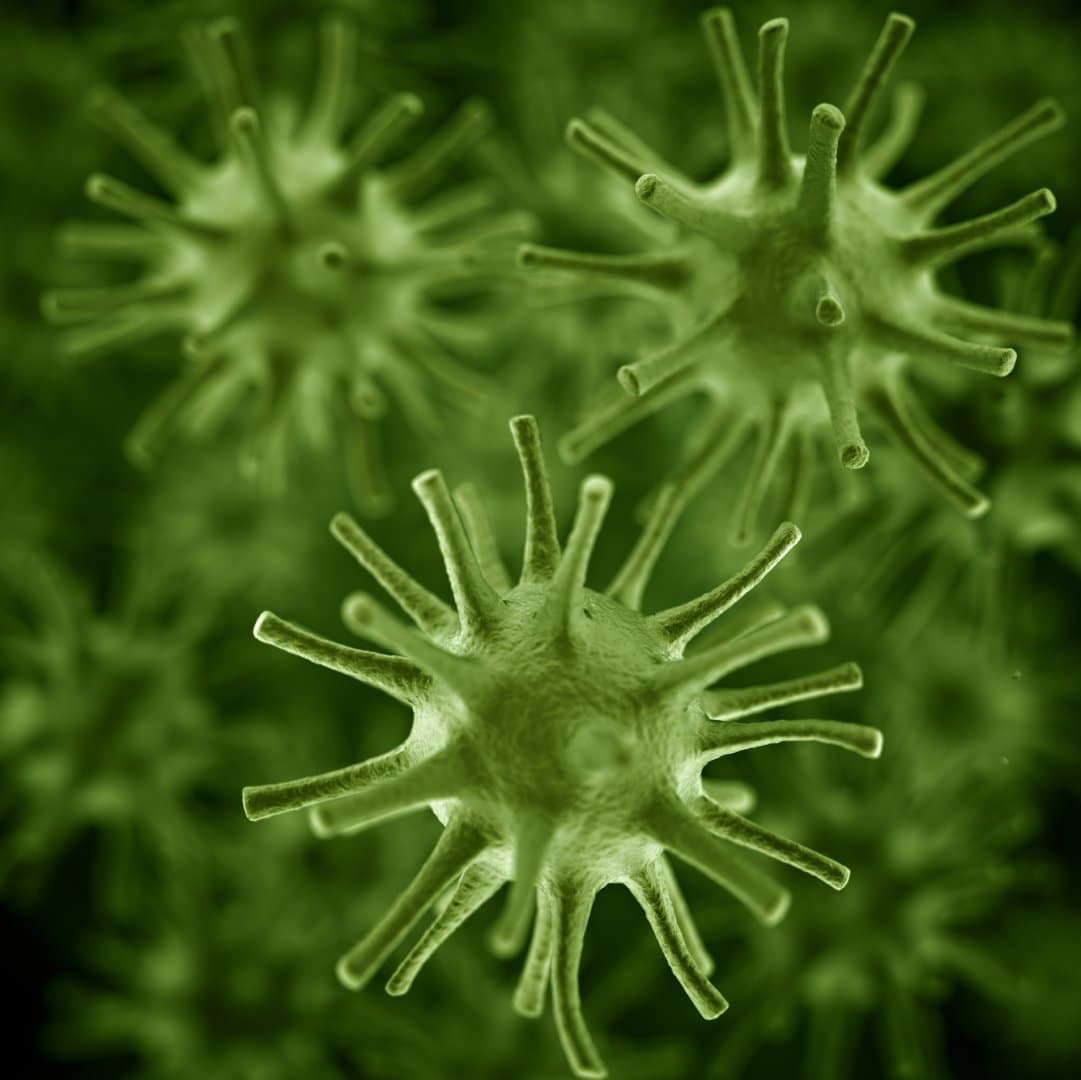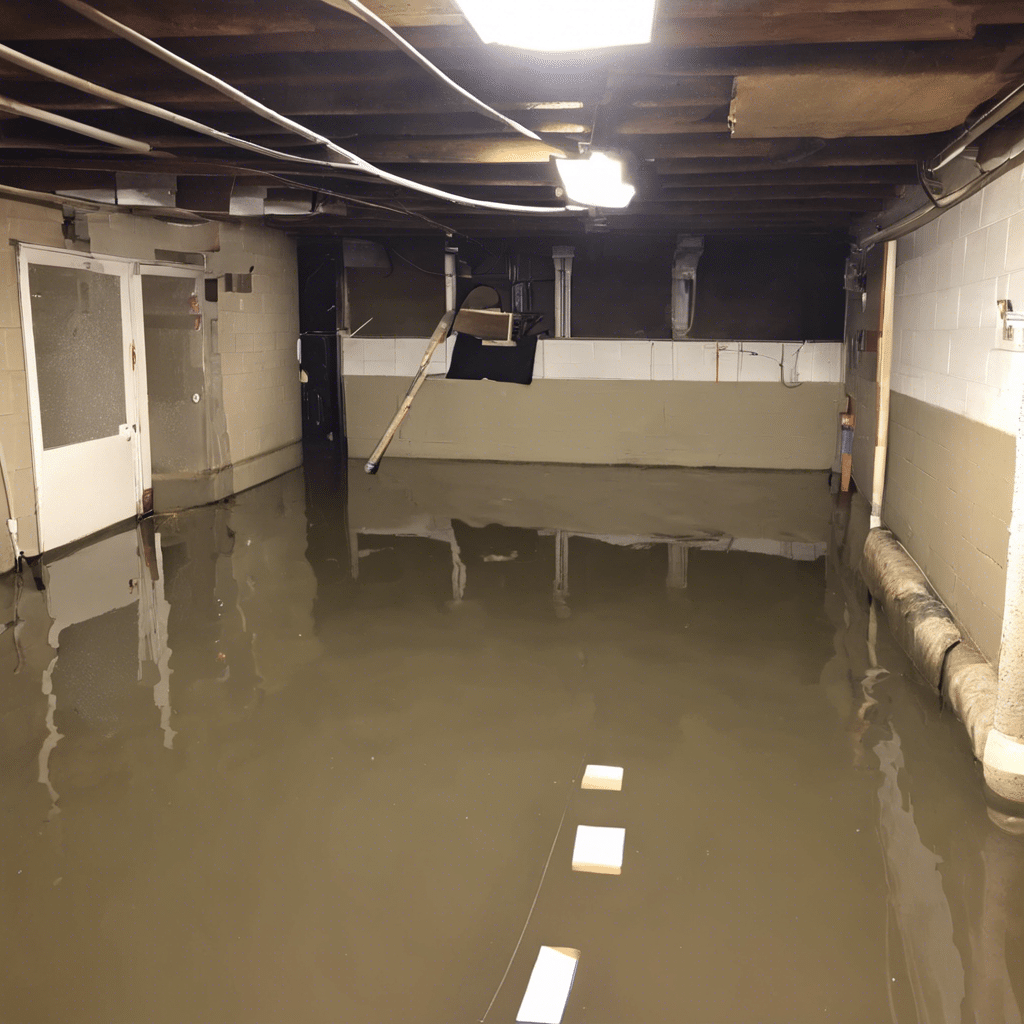Mold growth is a common problem that homeowners face in York. And, you may be surprised to hear that every home has some natural mold. The problem occurs when the mold grows. This can damage not only the structure of your home but can result in health issues as well. How much mold is too much, and specifically – what is the difference between mold restoration and mold remediation?
Mold removal – also known as mold restoration – entails cleaning or removing excess mold from your house. Whereas, mold remediation includes not only removing the mold which has grown to unsafe levels. It is also testing the mold, sanitizing, and containing the growth to ensure it does not continue to expand or reduce air quality in the home.
Of course, these labels are helpful to understand, but it’s even more important that we understand when to use each mold removal and mold cleanup tactic. In this article, we are going to discuss mold restoration and remediation at length, including how to know which one you may need in your home.
Signs of Mold
There are always going to be some microscopic mold spores naturally occurring in your home. You should always be on the lookout for signs of excessive mold or mold growth.
- Wallpaper is peeling
- You have a persistent cold, are constantly sniffing, or having a scratchy throat
- Dark-colored spots on your wall
- The grout between tiles becomes dark
- Strange odors are emitting from your AC unit
Mold can grow in various areas of a home, including walls, ceilings, floors, furniture, and in your basement. Recognizing the signs of mold growth is important in addressing the problem before it becomes more serious. The most obvious sign of mold is a visible presence of black, green, or white patches on surfaces. A musty odor is another sign of mold growth, which may indicate that the mold is hidden behind walls or under flooring. Allergic reactions such as coughing, sneezing, and itchy eyes may also be signs of mold growth, especially if they occur when spending time in a specific area of the home.
Sometimes mold growth is incredibly obvious, but most often it is actually quite difficult to know you are having a mold problem. That’s why Compleat’s expert contractors will conduct a thorough inspection of your home to assess the level of mold restoration or mold remediation services needed.
Types of Mold
If you think you have mold growing in your home, it’s also vital to understand what type of mold you are dealing with.
There are actually several types of mold you could be encountering:
- Alternaria is the most common and is usually found in moist areas such as around sinks and in bathrooms. It can cause allergies and even asthma attacks.
- Aspergillus can also be found in most homes and can lead to inflamed lungs.
Chaetomium usually occurs after drywall has been damaged by water. You can usually tell when it begins to grow because it emits a musty smell. - Stachybotrys Chartarum, also known as black mold, is a toxic mold that can be found in damp areas such as AC pipes. It can cause serious health problems and needs to be addressed immediately if found.
While there are certainly other types of mold, the bottom line is: if you are finding signs of mold in your home, the problem needs to be addressed. Do you need mold remediation or mold restoration?
When is Mold Removal or Mold Remediation Required?
Let’s recap: mold restoration is simply the removal of excess mold in the house, whereas mold remediation is the elimination of unwanted mold, but also mold testing, and containing the growth so it does not occur again.
While sometimes mold removal can help lessen your problem, we really recommend mold remediation, as it will actually solve the issue. The truth is, you may be able to remove some of the visible molds from your home, but you won’t be able to stop it at the source, for that, you will need professional remediation.
The good news is, we are here to help. You can find out more about our mold remediation service here.
How To Prevent Mold in Your Home
Unfortunately, even after you have had a mold removal or remediation service in your home, mold can still return. In order to make sure your home remains (mostly) mold-free, there are a few preventative measures you can take.
- Keep your home dry
- Ventilate damp rooms like basements and bathrooms
- Wipe down shower walls after use
- Wash your shower and tiles with mold-killing products
- Clean out your humidifiers and AC units regularly
- Only use area rugs that can be washed
These tactics should ensure that you do not experience excessive mold growth, but it can still occur. Of course, you will probably want to get a professional in to get rid of the mold as soon as possible, but there are a few solutions you can take to get rid of minimal growth on your own.
How To Remove Mold in Your Home
Professional mold removal and mold remediation services are the most effective way to eliminate mold growth. There are some easy at-home things you can do to prevent and remove mold. The first step is to control the humidity levels in your home. It is by using a dehumidifier in areas that tend to be damp, such as basements and bathrooms. Regularly cleaning and disinfecting surfaces with a solution of white vinegar and water can also help prevent mold growth.
Additionally, it’s important to fix any leaks or water damage immediately to prevent mold from growing in the affected area. If you do find mold in your home, wearing protective gear such as gloves and a mask, and using a solution of bleach and water can help remove small patches of mold. However, it’s important to note that larger mold infestations or mold growth in hard-to-reach areas should be handled by professional mold removal and remediation service companies.
Remember that this will not rid your home of mold. It will most likely grow back if you do not do mold remediation but can be a quick fix. It is if you want to quickly remove mold from the walls in your home.
Final Thoughts & Our Mold Remediation Services
When it comes to mold, it’s always good to be better safe than sorry. The difference between mold restoration vs. remediation is important to understand, but we’re here to help. As a homeowner, you should be educated on the signs that you could have mold growing. This is so you can be aware and reach out for assistance if needed.
If you are located in or around the York, Pennsylvania area and have any further questions or have an inquiry for mold removal services, be sure to reach out to us here at Compleat Restorations.


